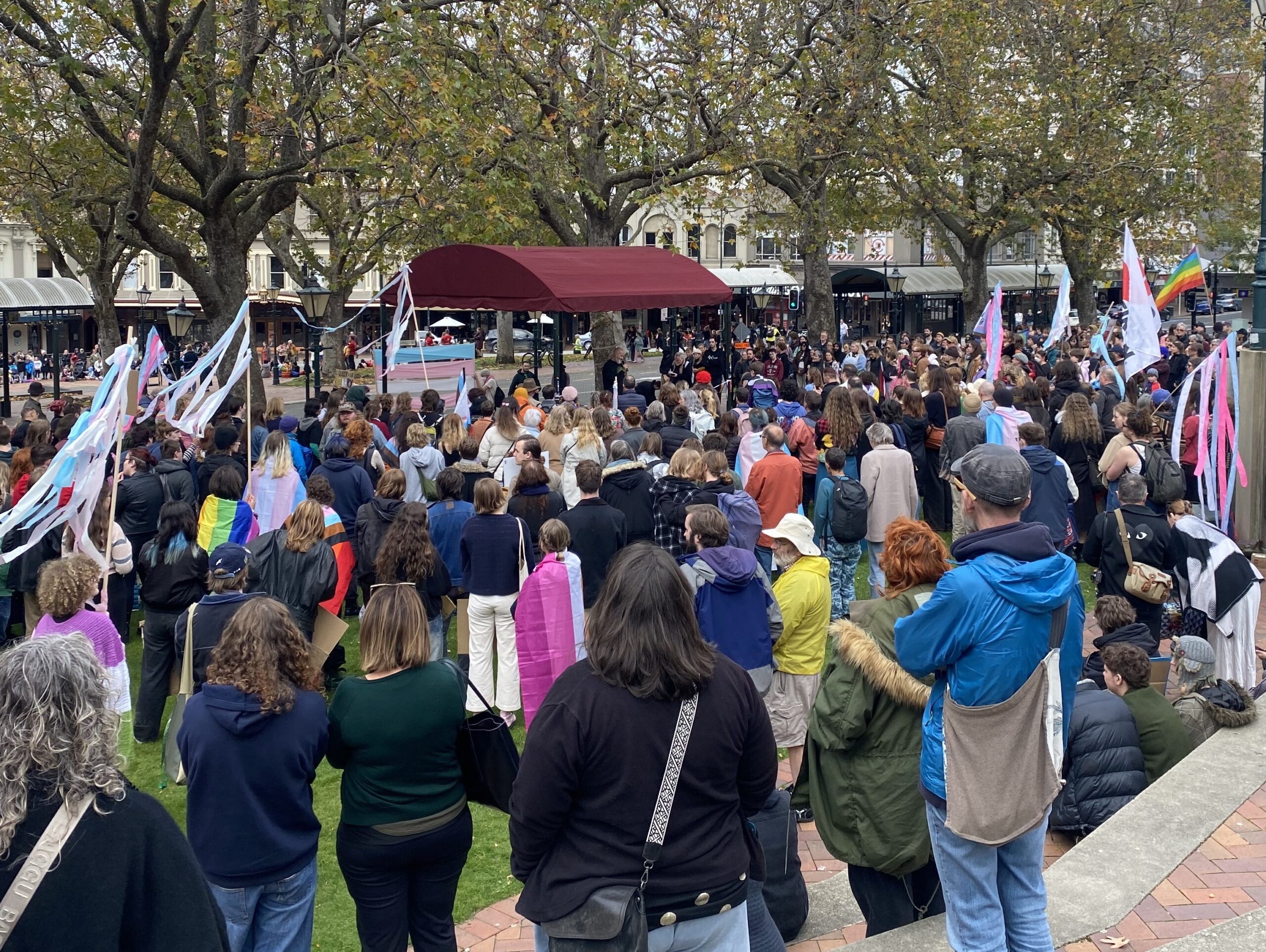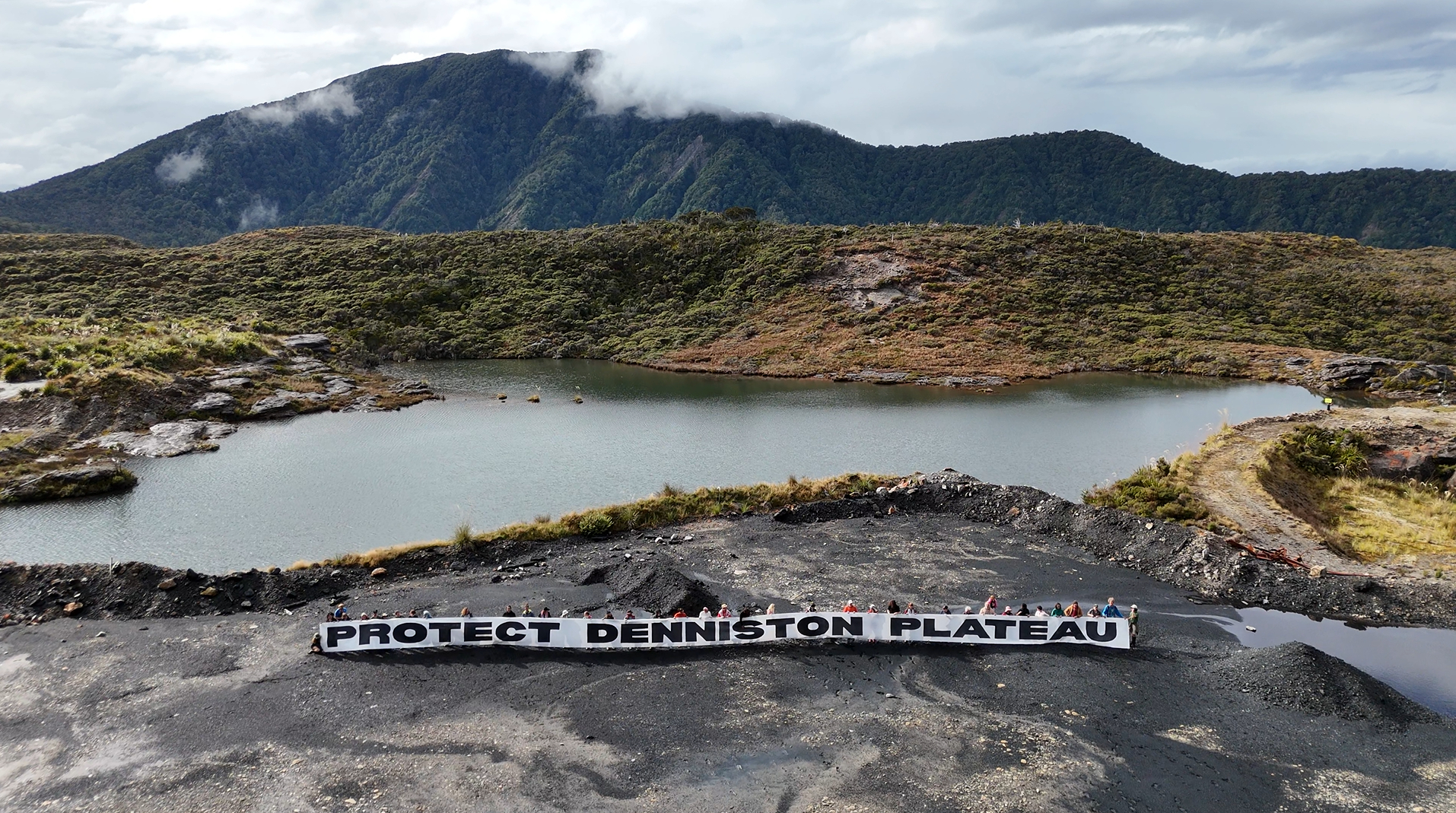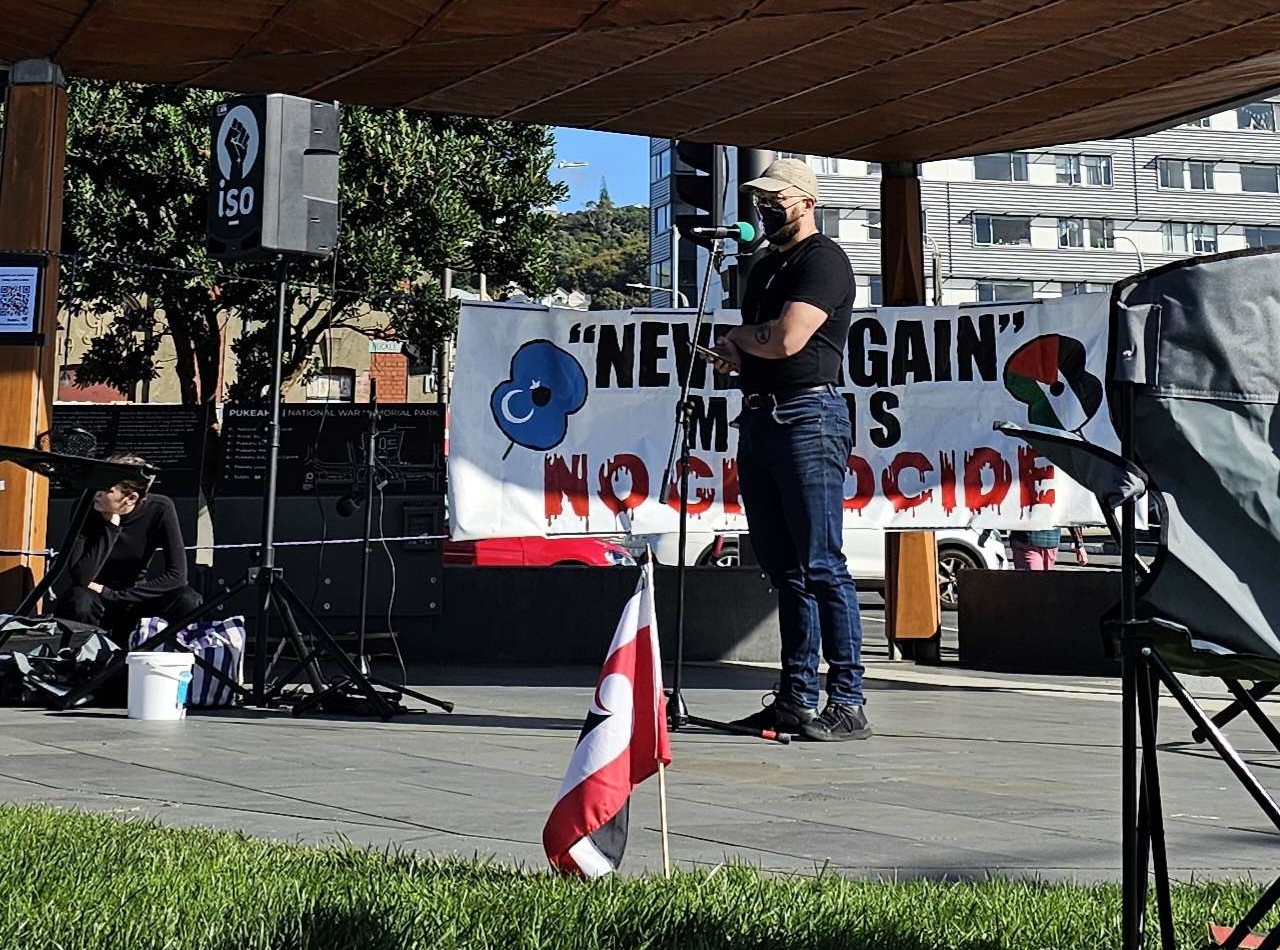There is no doubt the Covid-19 disease has caused worldwide disruption to peoples’ lives, including ending the lives of millions around the world. One of the worst ever pandemics in human history by death toll, the disease has already been written about and reflected on in numerous news media, political sites, social media, and scientific journals. This article attempts to describe, from a socialist perspective, the New Zealand government’s response through various phases of the disease from first identification to the time of writing: May 2022, approximately two-and-a-half years after outbreak.
Identification
Despite speculation, it remains unknown how or why Covid appeared in market workers in the Chinese city of Wuhan in late 2019. Even while Chinese whistle-blowers were punished by their government, the disease quickly spread into Europe and elsewhere. To their credit, the Chinese government instituted significant early measures to isolate those potentially sick and to stop the disease spread, including rapidly implementing contact tracing measures and border restrictions. Meanwhile, frustratingly, Covid was not treated as a serious threat in many other countries. UK Prime Minister Boris Johnson announced a plan for “herd immunity”: a term which has validity in the context of vaccination, but which in the context of Johnson’s plan was actually just a euphemism for “sacrifice the vulnerable”. Countries with high population densities, such as Brazil and India, experienced rapid uncontrolled disease spread and high death tolls. Meanwhile, in the USA, President Donald Trump repeatedly denied the risk posed by the virus until that country was well on its way to the approximately one million Covid deaths that have occurred there, giving that country the horrific distinction of being world leader in the number of Covid-related deaths. Liberal and right-wing media alike did their bit to undermine disease-containment measures, repeating opinions that Covid was “just like the flu” and bemoaning attempts to institute isolation measures.
“Be kind”
New Zealand was in a near-unique situation of having time to watch Covid spread between and through countries during the early months of 2020, and to observe many countries’ healthcare and other resources becoming rapidly overwhelmed by the disease. In those early months, it was still somewhat unclear what measures needed to be taken to effectively protect from contracting this new disease. Research was already underway to quantify Covid’s infectiousness, and to determine the most appropriate personal protective equipment and decontamination procedures. Meanwhile, though, health workers were dying and health care systems everywhere were unable to cope with the number of patients and the logistical demands being placed on them, leading to spiralling increases in unnecessary death and illness.
The New Zealand health care system has been under-funded for decades. Critical parts of the system such as ambulance services are operated as charities and partly rely on donations. In some instances the patient is directly billed in conflict with the widely-believed idea that our health system is “free”. Parts of some hospitals were unusable due to inadequate funding over prolonged periods leading to disrepair, and even sewage leaking inside the walls of one hospital. Increasing work pressures and ongoing wage restrictions had led to an unsustainable turnover of nursing staff. Prolonged insufficient training and loss of workers to overseas had led to insufficient doctors in both general practice and more specialist care settings. Many parts of the health system had been privatised, such as some laboratory and care services, which took workers, logistical capacity, and control away from the public system. The public health system seemed not to be even remotely resourced or prepared for the tasks associated with managing the impending pandemic.
Against all of this, the New Zealand government’s response to initial increasing Covid numbers was truly remarkable. Prime Minister Jacinda Ardern and Director-General of Health Ashley Bloomfield committed to daily press briefings, during which they provided consistent messaging of collective responsibility that supported the rapid implementation of ‘lockdown’ isolation measures. The oft-repeated message “be kind” was a well-calculated and timely reminder to provide mutual support to neighbours, and was modelled in some of the government’s actions such as ensuring the homeless were housed in temporary accommodation such as repurposed motels.
One of the genuinely unfortunate tragedies of this period is that during the lockdown other parts of the healthcare system were halted. This significantly adversely affected services such as specialist appointments to investigate cancer and “elective” surgeries to resolve debilitating conditions such as severe knee and hip degeneration. In hindsight, an overabundance of caution was applied, and the careful continuation of at least some of these services might have relieved distress and suffering and likely saved lives of those afflicted by conditions other than Covid. Hindsight is impossible to have in advance, however, and the cautious lockdown approach was nonetheless effective at practically eliminating Covid in New Zealand temporarily.
With the expressed goal of maintaining employment and ensuring long-term economic stability, the government provided money to businesses to cover up to 80 percent of each worker’s wage if they were unable to work due to the general lockdown measures or due to the worker contracting Covid; tax thresholds were raised; and businesses were given direct financial support. Some businesses also took the opportunity to suppress wages. Although some of the payments to businesses were supposed to be contingent on their being at risk of financial collapse, subsequent examination identified that many businesses had in fact made vast profits during this period. Many businesses unsurprisingly refrained from returning money to the government. The combined effect of these measures was, sadly, a massive transfer of wealth from the government to the already-rich. At the same time as housing and other living costs increased, industrial conditions worsened, and many workers had their hours decreased or lost their jobs entirely, the rich are estimated to have been made hundreds of billions of dollars richer.
A socialist response to a similar global pandemic that reached our shores would absolutely be a collective one, including the encouragement of mutual support and implementation of prevention measures, such as lockdowns. We condemn the transfer of wealth to the bourgeoisie that has occurred under this Labour government. The government should instead have found ways to freeze all mortgages and rents, and ensured necessary goods and services such as food, indispensable transport, and all health care were freely available. An alternative, stop-gap, or supplementary measure could have been the payment of funds directly to workers (including all students and those not in employment). Such measures would have ensured the people of New Zealand emerged from this period happier, healthier, and more empowered for self-fulfilment than has happened.
“Fortress New Zealand”
There followed a period where community spread had been reduced so much that each small outbreak was able to be effectively tracked and isolated. The lockdown was gradually eased, and people began returning to workplaces, non-emergency health settings, and recreation activities. It’s important to acknowledge those with friends and family overseas, and those wanting to return to New Zealand, found this period challenging because of the limited capacity of the Managed Isolation and Quarantine (MIQ) facilities. However, the MIQ facilities succeeded in minimising outbreaks of Covid in the community. A vaccination prioritisation system was implemented to try to ensure front-line workers and older people were vaccinated ahead of the general population. Notably, this prioritisation system was required due to both a limited global supply of vaccines and limited public health capability to deliver a mass vaccination programme within New Zealand. A valid critique has been that Māori, who were known to be a vulnerable population, were not given any particular consideration in the prioritisation.
In August 2021, a single community case of the Covid Delta variant, known to be even more infectious than the original, prompted a rapid return to full lockdown measures. The government increased their promotion of vaccination and rushed to upscale vaccination centres which were, on balance, well organised. “Vaccine passes” helped protect the most vulnerable in public areas. “Vaccine mandates”, already in effect for some time for border workers, were widened to require workers in health care, education, and some other roles to be vaccinated to minimise Covid spread and decrease the likelihood of essential services from collapsing. The vast majority of New Zealanders complied, recognising their collective responsibility. The right wing, however, described the country as “Fortress New Zealand” with an emphasis on their perception of the negative impacts of isolation on the economy and how trying to control the disease was unsustainable. The right thus continued to advocate for decreased border security to enable the return of tourists and reimplementation of unrestricted national and international travel. Unsurprisingly, the right prioritised business concerns over the deaths that would have inevitably resulted from the relaxations they demanded. Unfortunately, the right-wing messaging was parroted by mainstream media, inevitably gradually eroding public trust in, and compliance with, the government’s lockdown measures.
The strategy of relative international isolation did crucially give the country time to increase the rate of vaccination. Without these measures a significantly larger number of our population would have suffered and died than has been the case. By the end of 2021, New Zealand had experienced 59 deaths from Covid, an exceptionally low number in absolute and relative terms considering the death tolls in many other countries. 91 percent of the New Zealand population as a whole had received two doses, and the roll-out of third (“booster”) doses had commenced. Only 80 percent of Māori had received two vaccine doses, suggesting the health system had failed Māori by not prioritising them and an ongoing inadequacy of engagement with and support of Māori to ensure their safety.
Omicron, and the “new beginning”
A new Covid variant, Omicron, emerged and was soon seen in New Zealand. This variant was purported to be even more infectious than Delta, though less deadly on a case-by-case basis. What the combined outcome of those two parameters would be on our population was unclear. However, bowing to pressure from the right-wing, media, and some parts of the public, the government began to ease back the lockdown measures with promises of a “new beginning” and re-open New Zealand’s borders. By this time, it had become apparent that effective vaccination against Omicron required three doses, and by that standard the vaccination was only partly rolled out even while the likelihood of exposure was increasing.
Rather than backtrack on its plans, the government forged on and, if anything, accelerated the return of workers and customers to businesses, allowed travel around the country, and moved towards reopening the borders. As had been seen in capitalist countries the world over, it was apparent the New Zealand bourgeoisie were willing to sacrifice the lives of the working class to maintain a profitable economy. Despite the government’s earlier excellent collective and socially-conscious response to the Covid threat, in 2022 the government gave up or lost interest in an egalitarian approach to health and instead finally completely capitulated to the demands of Capital.
Perversely, encouraged by right-wing agitators and conspiracists, and despite ever increasing freedoms being afforded to New Zealanders on the whole, a group initially calling themselves “Convoy 2022” descended on Parliament Grounds with a variety of demands generally under the confused banner of “freedom”. These people set up camp for three weeks, causing effluent to run into Wellington Harbour, demanding executions, threatening workers and students around the Pipitea/Thorndon area, and, unsurprisingly, becoming a super-spreader event. Unfortunately, a slow response from the left and an ineffectual response from public authorities led to a gradual increase in public support for the Police exerting authority to disperse the protestors. Some support for a media-inspired, anti-democratic limitation to the right to protest on Parliament Grounds gained traction. There were at least some small wins for the left around this time – banner drops and postering garnered support and demonstrated once again that protest can support public health and collective responsibility. But overall we have to be wary of a sense of empowerment this period may have lent to far-right agitators. Additionally, it became increasingly apparent that freedom is not experienced equally by all members of society. In the context of this pandemic, the return of freedoms demanded by the Convoy 2022 occupiers, and already being implemented by the government, has increased the risk of severe illness and death for those who are disabled or have some other medical conditions, thus requiring the more vulnerable to self-limit their freedom for their own safety.
A plot of Covid-related deaths in New Zealand over time shows a pronounced up-tick since the beginning of March. Approximately 740 people died from the disease in just the subsequent two months. There are some technicalities in the way Covid deaths are counted that mean an exact number is yet to be determined, but nonetheless this is a significant number of people with relatives and friends who have lost their lives to a preventable disease. It’s too easy, amongst the daily repetition of death statistics in the media, to forget that each one of the people who has died from Covid in just the past two months was a living human being. And while feeling their loss, it’s appropriate to also feel anger towards the Labour Party’s rapid relaxation of public health measures that were keeping those people safe. What goes for Labour applies even more to the National and ACT parties who never ceased pushing for an even faster sacrifice of human lives for the sake of the economy. The pandemic is not over, and our struggle for collective well-being continues.









